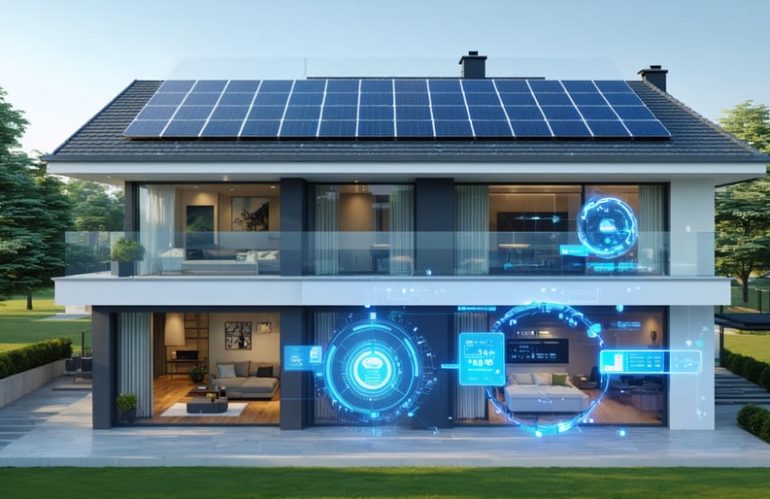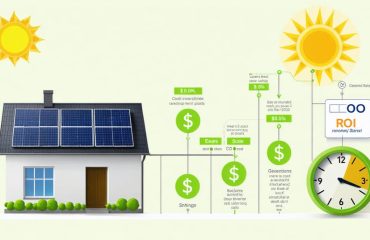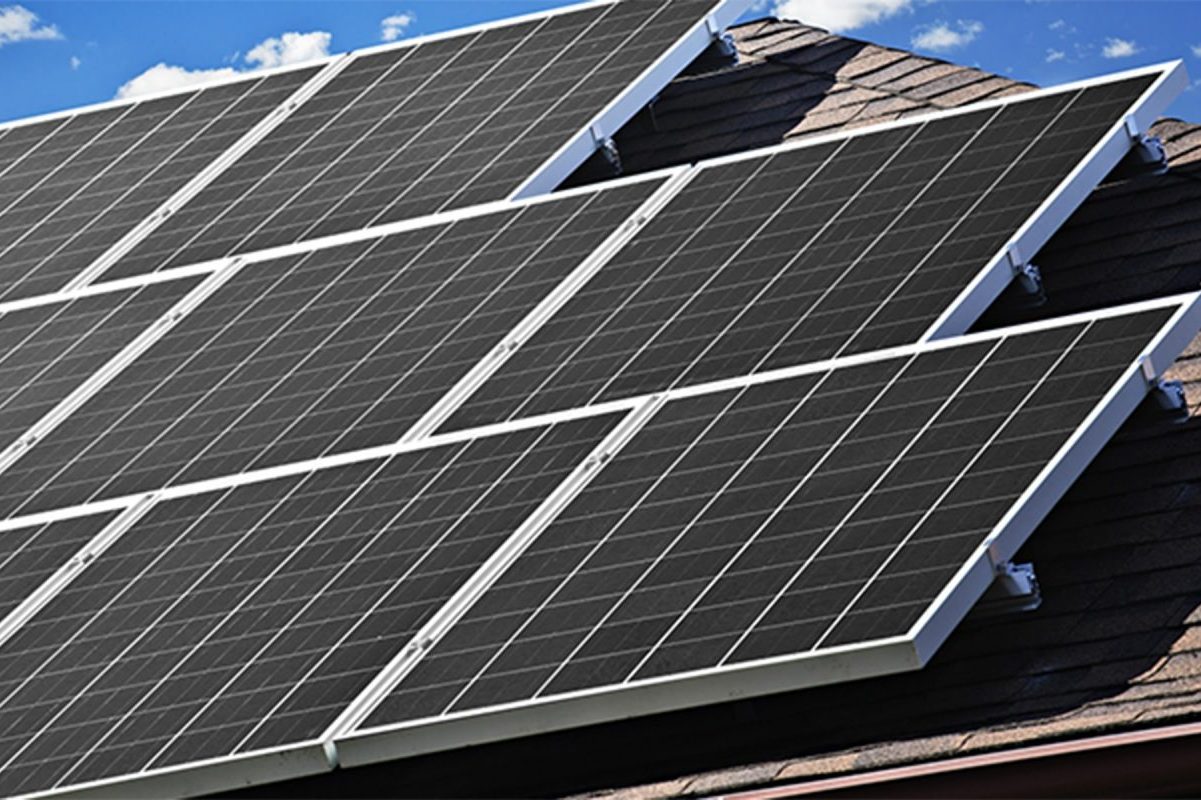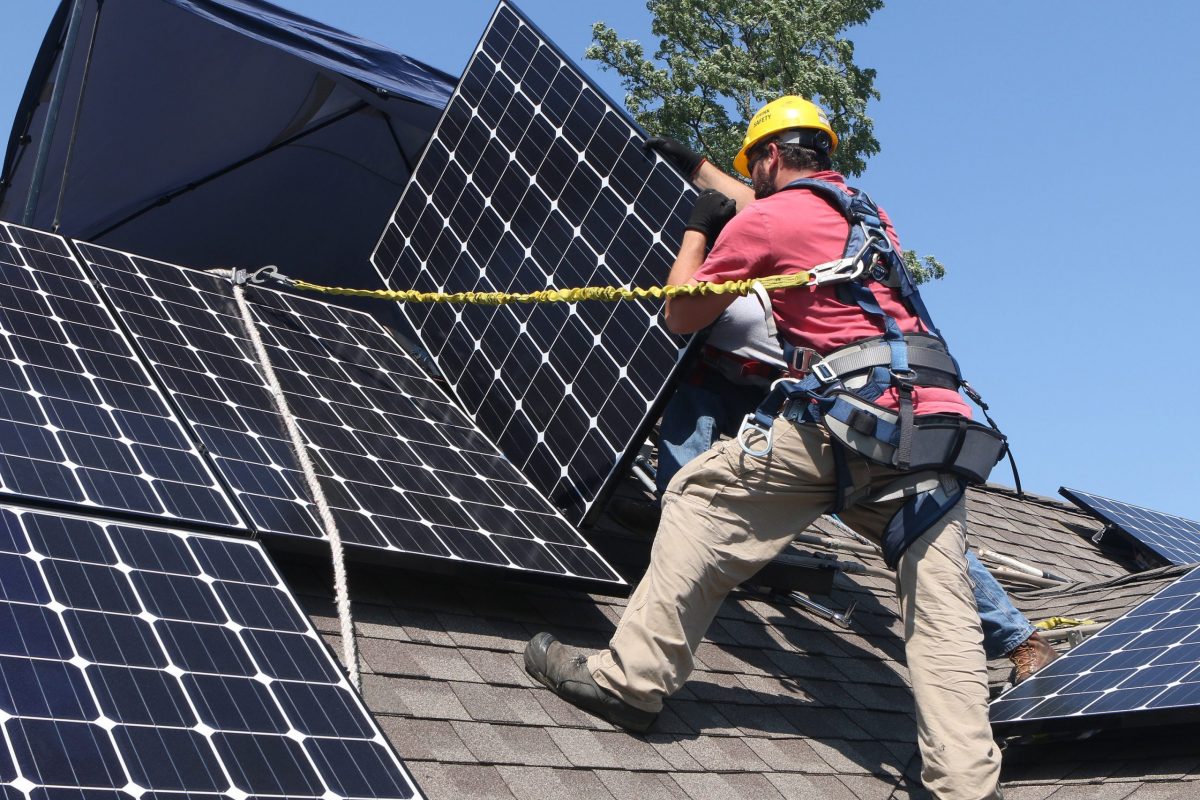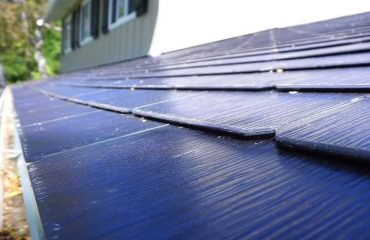The future of home energy has arrived, and it’s revolutionizing how we think about power generation and consumption. Innovative solar utilities are transforming traditional energy models by combining cutting-edge technology with consumer-friendly financing options, making sustainable living more accessible than ever before. Today’s solar solutions go far beyond simple rooftop panels – they represent a sophisticated ecosystem of smart monitoring systems, energy storage solutions, and flexible payment models that put homeowners in control of their energy future.
From AI-powered consumption tracking to virtual power plants that connect entire neighborhoods, these new solar utilities are reshaping our relationship with energy. Homeowners can now participate in community solar projects, earn credits through energy sharing programs, and leverage sophisticated financing options that eliminate upfront costs while maximizing long-term savings. With payback periods shrinking and technology costs declining, innovative solar utilities aren’t just an environmental choice – they’re becoming the smartest financial decision a homeowner can make.
Whether you’re looking to eliminate your monthly electricity bill, increase your property value, or contribute to a more sustainable future, today’s solar utilities offer solutions that align with both your values and your budget. The question isn’t whether to switch to solar – it’s how to choose the right innovative solution for your specific needs.
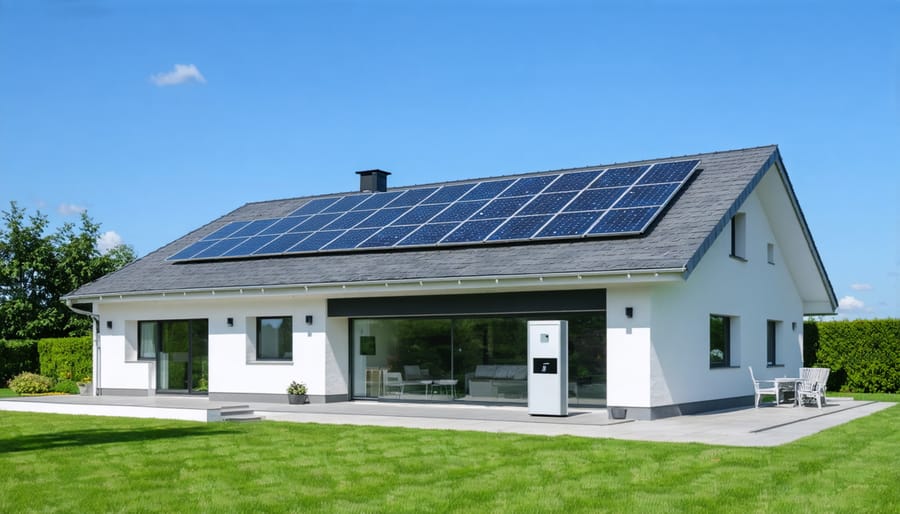
Modern Solar Utility Models Reshaping Home Energy
Power Purchase Agreements (PPAs)
Power Purchase Agreements offer homeowners a smart way to go solar without the hefty upfront costs. Under a PPA, a solar provider installs and maintains a system on your roof at no cost to you. Instead, you agree to purchase the electricity generated by the panels at a predetermined rate, typically lower than your current utility rates.
Think of a PPA like leasing a solar power plant that happens to be on your roof. You only pay for the power you use, and rates are usually locked in for 15-25 years, protecting you from rising utility costs. The provider handles all maintenance, repairs, and insurance, eliminating worry about system upkeep.
The benefits are straightforward: immediate savings on your monthly electricity bill, zero upfront investment, and predictable energy costs for years to come. Plus, you’re supporting clean energy without the responsibility of owning the system. While PPAs aren’t available in all states, they’ve become increasingly popular among homeowners looking for a hassle-free way to embrace solar power while keeping their initial costs low.
Solar Lease Programs
Solar lease programs offer homeowners an accessible path to solar energy without the hefty upfront costs. These innovative financing solutions allow you to enjoy the benefits of solar power through flexible solar panel leasing options that typically include installation, maintenance, and repairs.
Under a solar lease, you’ll pay a fixed monthly fee to use the solar system, often starting at rates lower than your current utility bills. Most leases run for 20-25 years, with annual payment increases of 1-3% to account for inflation. The leasing company maintains ownership of the equipment, handling all maintenance and repairs throughout the contract term.
While leasing means foregoing certain incentives like tax credits and rebates, it provides predictable energy costs and immediate savings without requiring significant capital investment. Many programs offer zero-down options and performance guarantees, ensuring your system generates the promised amount of electricity. Before signing, carefully review escalator clauses, buyout options, and transfer terms to make an informed decision about whether leasing aligns with your long-term financial goals.

Smart Financial Solutions for Solar Installation
Solar Loans and Their Advantages
Solar loans have emerged as a game-changer for homeowners looking to embrace clean energy without significant upfront costs. These solar-specific financing options offer several distinct advantages over traditional loans or leasing arrangements.
First, solar loans typically feature competitive interest rates, often lower than personal loans or credit cards, making them an attractive option for budget-conscious homeowners. Many lenders offer terms ranging from 5 to 20 years, allowing flexibility in monthly payment amounts to match your financial situation.
One of the most appealing aspects of solar loans is that they’re secured by the solar system itself, which continues to generate value throughout the loan term. Homeowners can benefit from immediate energy savings while paying off their investment, essentially allowing the system to help pay for itself through reduced utility bills.
Many solar loans also come with tax-deductible interest and qualify for federal and state incentives, further reducing the overall cost of going solar. Unlike leasing, when you finance through a solar loan, you own the system outright, allowing you to capture the full financial benefits of solar ownership, including increased home value and long-term energy savings.
Additionally, some lenders offer zero-down options and flexible payment schedules that align with your expected energy savings, making the transition to solar power even more accessible and financially sensible.
PACE Financing Options
PACE (Property Assessed Clean Energy) financing offers homeowners a unique way to fund solar installations with no upfront costs. This innovative financing option ties the solar investment to your property rather than to you personally, making it an attractive choice for many homeowners.
Under a PACE program, you can finance 100% of your solar installation costs through an assessment added to your property tax bill. The repayment terms typically range from 10 to 30 years, with fixed interest rates that are often competitive with traditional financing options. What makes PACE particularly appealing is that the assessment stays with the property if you decide to sell your home.
One of the biggest advantages of PACE financing is that qualification is primarily based on your home equity and property tax payment history rather than your credit score. The energy savings from your solar installation often offset a significant portion of the assessment payments, making it easier to manage the investment.
However, it’s important to note that PACE programs aren’t available in all areas, as they require local government participation. Before pursuing PACE financing, verify that your municipality participates in the program and understand that the assessment will appear as a lien on your property, which should be considered when planning future real estate transactions.
Virtual Net Metering and Community Solar
Virtual net metering and community solar programs are revolutionizing how homeowners can benefit from solar energy, even if they can’t install panels on their own property. These innovative solutions make solar power accessible to renters, condo owners, and those with unsuitable roofs or shaded properties.
Community solar works by allowing multiple households to share the benefits of a single solar installation. Think of it as a solar garden where each participant owns or subscribes to a portion of the total system. The energy generated is fed into the grid, and participants receive credits on their utility bills based on their share of the project.
The advantages of participating in community solar are numerous. There’s no need for upfront installation costs or property modifications, and maintenance is handled by the project operator. Subscribers typically save 5-15% on their electricity bills, and some programs allow you to take your subscription with you when moving within the same utility territory.
Virtual net metering makes this possible by allowing the solar credits to be distributed among multiple utility accounts. It’s similar to traditional net metering, but instead of measuring energy production at your home, it tracks your share of the community solar array’s output and applies those credits to your bill.
To join a community solar project, you can either purchase a share of the system outright or subscribe to a portion of its output. Subscription models are particularly attractive as they often require no upfront costs and allow you to start saving immediately on your energy bills.
These programs are particularly beneficial for:
– Apartment dwellers and renters
– Homeowners with shaded properties
– Historic homes where solar installations aren’t permitted
– Budget-conscious consumers who want solar benefits without installation costs
– Those who want to support clean energy development in their community
Before joining, verify the program’s terms, expected savings, and contract length to ensure it aligns with your energy goals and financial situation.
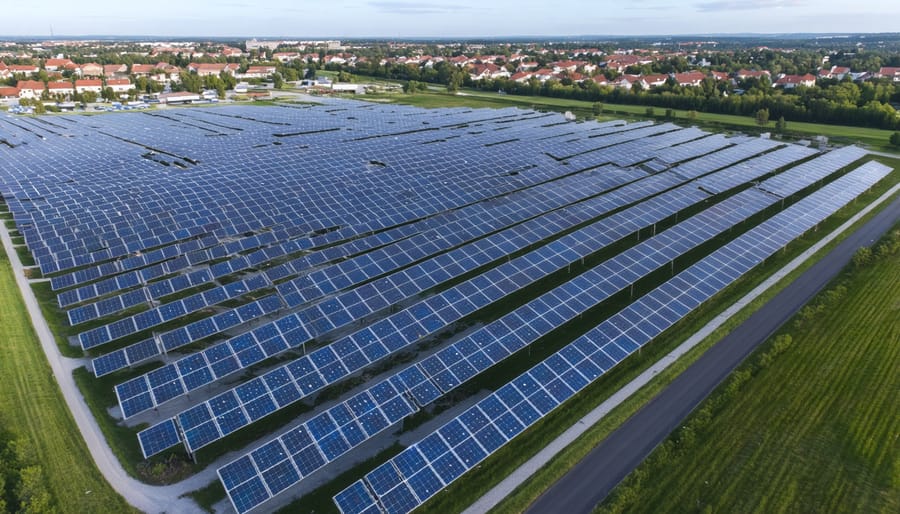
Maximizing ROI Through Solar Incentives
Making the switch to solar energy has never been more financially attractive, thanks to numerous incentives designed to maximize your return on investment. Understanding these opportunities can significantly reduce your initial costs and accelerate your path to energy independence.
The federal Investment Tax Credit (ITC) remains one of the most substantial benefits, allowing homeowners to claim up to 30% of their solar installation costs on their federal taxes. When combined with state-specific solar tax incentives, your savings can multiply considerably.
Many states offer additional perks such as property tax exemptions, ensuring your home’s increased value from solar installation doesn’t result in higher property taxes. Solar Renewable Energy Credits (SRECs) provide another revenue stream, allowing you to earn money by selling credits for the clean energy your system produces.
Local utility companies often provide rebates and performance-based incentives, further reducing your upfront costs. Some municipalities offer grants or low-interest financing options specifically for renewable energy projects. Using detailed solar panel ROI calculations, homeowners typically find their systems pay for themselves within 5-8 years.
To maximize these benefits, timing is crucial. While some incentives are permanent, others decrease over time or have limited funding. Working with a qualified solar installer can help you identify and apply for all available incentives in your area, ensuring you don’t leave money on the table. Remember to keep detailed records of your installation costs and energy production to maximize your tax benefits and track your system’s performance.
As we’ve explored throughout this article, innovative solar utility solutions are revolutionizing how homeowners access and benefit from solar energy. The combination of advanced technology, flexible financing options, and increasing grid integration makes solar power more accessible and practical than ever before.
By embracing these innovative approaches, you can significantly reduce your energy bills while contributing to a more sustainable future. Whether through solar leasing programs, power purchase agreements, or traditional ownership models, there’s a solution that fits your specific needs and budget.
Remember these key takeaways as you consider your solar journey:
– Research available financing options in your area
– Consult with multiple solar providers to compare offerings
– Review your current energy consumption patterns
– Check local regulations and incentives
– Consider future energy needs when sizing your system
The next steps are simple: Start by getting a professional assessment of your property’s solar potential, review available financing options, and request quotes from reputable solar installers. Many utilities now offer online tools to help you estimate potential savings and find qualified contractors.
Don’t wait to take advantage of current incentives and rebates – they may change over time. With innovative solar utilities making clean energy more accessible than ever, now is the perfect time to invest in your energy future while contributing to environmental sustainability.

